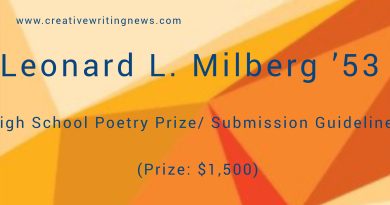How to Start A Story: Grab The Readers Attention
Are you a writer struggling with how to start a story?
If, yes, then you are not alone. Many upcoming writers will want to know the best techniques for how to start a story.
The beginning of a story is critically important because it sets the stage for the entire narrative. It also plays a significant role in engaging and capturing the reader’s or audience’s attention.
Truth is, I don’t think there is a rule or method on how best to start a story. I don’t know of anyone who has come up with a formula for what works best.
Read: How To Write A Story
What one person considers a hook, in starting a story, may not be a hook to another.
Speaking as a reader, what works for me are opening scenes that make me ask questions—a question I’m dying to know the answer. That question may not necessarily have to pop into my head in the first line. It may come after reading a few lines.
A murder mystery that starts out with a clear description of the murder scene captivates the reader—it makes him ask questions—even if no action takes place. A hook is rather too broad/abstract a term. So the concept of hooking the reader from the beginning of your story is subjective. What is generally agreed on is that hooks are a good tool to use. But what is a hook is a matter of opinion, and possibly the genre of novel you are writing.
Personally, I think it’s not a wise idea to routinize our artistic expressions. It’s good to be protean so that you’re not predictable and your readership won’t tire of you. Imagine starting all the chapters of your novel, or all the short stories you write in the same way.
Many literary agents and publishers advise writers start close to some action, or with a scene involving your main character, or a character in your story, who is up to something interesting, as opposed to a long intro that describes this and that probably making a passing reference to the weather) before we get to see characters or get to the action or motive of a character.
In short, they don’t want too much narrative before the action. I think I’ve read one agent say that she can’t stand two pages where practically nothing happens. But I believe that even they have yielded. What they seem to want is to be pulled into a concrete scene with some amount of activity.
What many of them don’t like is a long monologue in the beginning or a history lesson, or an info dump, or too much background on the setting. Or have information on the characters thrown at them without a clear vision of what is going on. In a line, they want your story to start at a snail’s pace. What most agree upon is that a scene with active characters pulls the reader in (even if what happens next fails to excite).
Quite a number of older novels (many of which are now called literary fiction) started with long intros before the real story began—I remember the classic, To Kill a Mocking Bird, starting with a lengthy back story, a sort of history lesson (I thought it was interesting and necessary for the story).
So yes, starting a story with references to the weather (the asides), before getting to the real story, may seem old school, but it certainly isn’t amateurish. These asides, if you’re writing from a close POV, can tell you a lot about the character (We learn about characters from what interests them).
Written by Charles Opara
Charles Opara writes fiction, non-fiction and poetry. He lives and works in Port Harcourt





